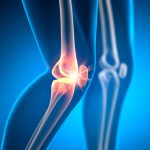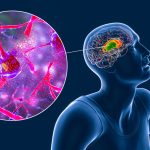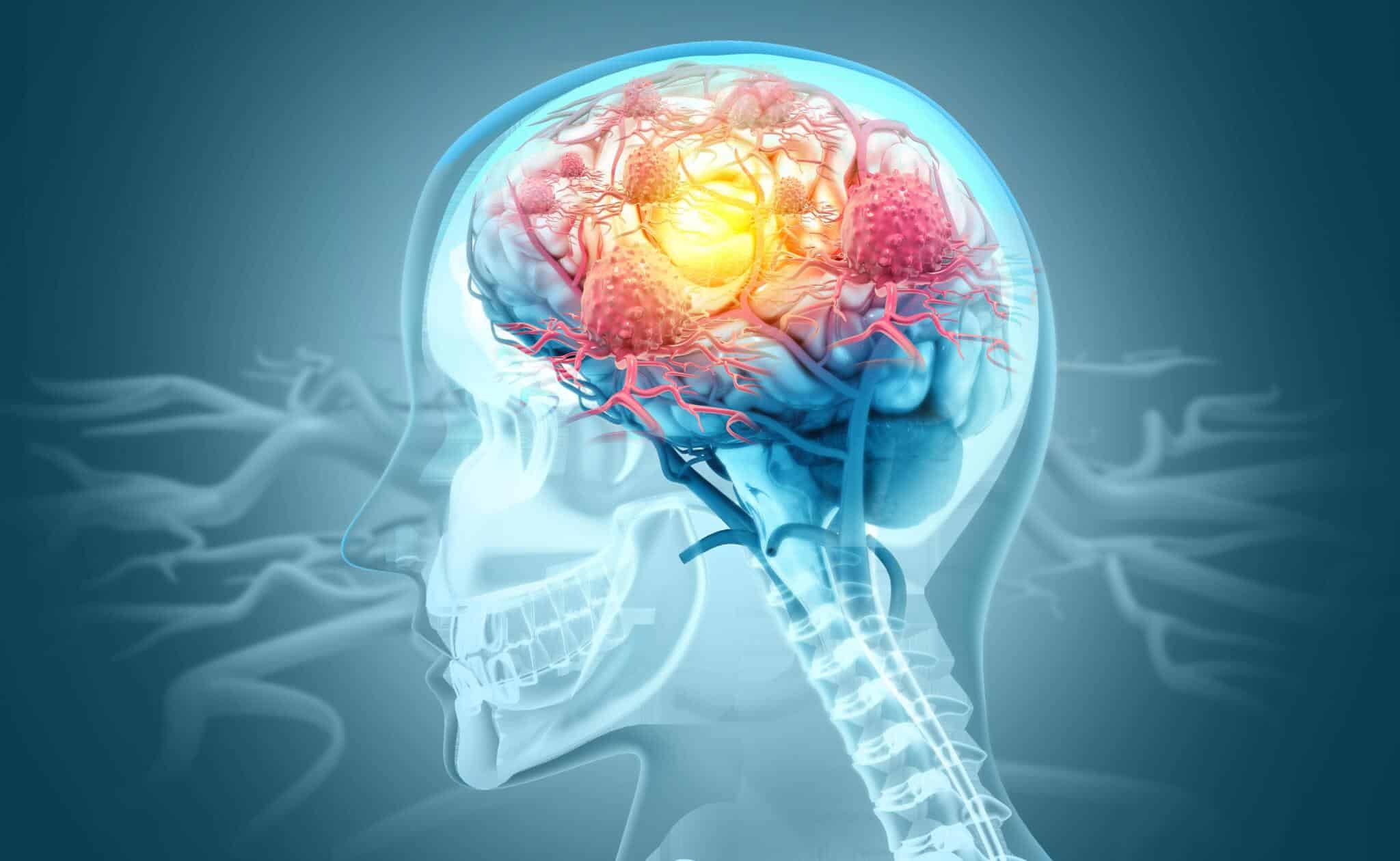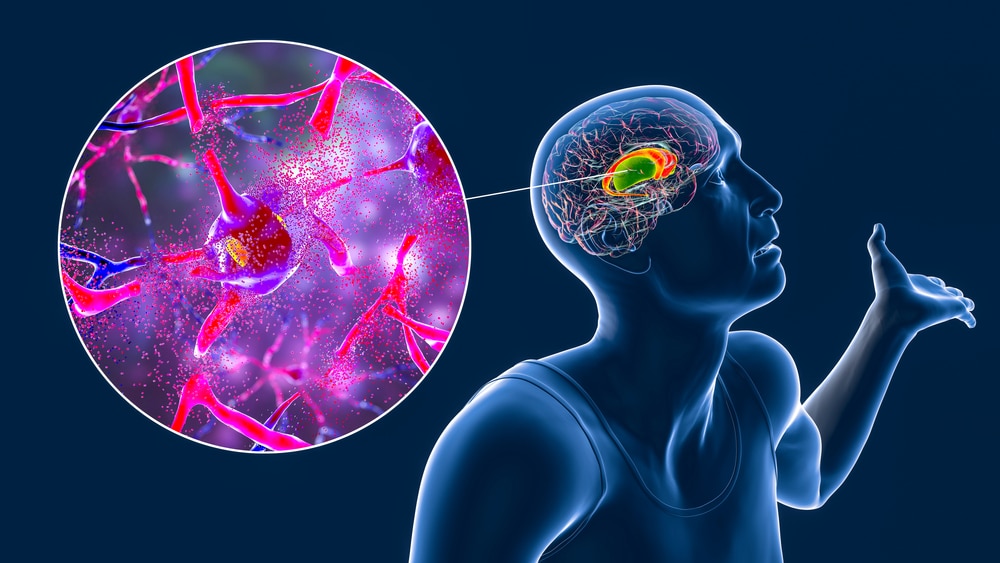- Home
- About Us
- Book Appointment
- Treatments
- Alzheimer’s Disease
- Anti-Aging
- Autism
- Autoimmune Disorders
- Back Pain
- COPD
- Crohns Disease And Ulcerative Colitis
- Erectile dysfunction and Penis enlargement
- Fibromyalgia
- Hip Pain
- Knee Pain
- Lupus
- Lyme Disease
- Multiple Sclerosis
- Muscular dystrophy
- Parkinsons Disease
- Peripheral And Diabetic Neuropathy
- Post Cancer Treatments
- Post Stroke Recovery
- Psoriasis
- Rheumatoid Arthritis
- Shoulder Pain
- Join The Club
- Aesthetics
- Blog
- Contact Us
More than 50 million people are suffering from neurodegenerative diseases. 1 out of every 3 people has a chance of developing neurological disorders.
6.2 million people alone in the US are affected by neurodegenerative disorders.
Nearly 15 percent of the global population is suffering from physical and cognitive disabilities due to neurological conditions.
Alzheimer’s and Parkinson’s are leading neurodegenerative diseases.
Neurodegenerative diseases affect the mental, heart, and autonomic functions of a person.
Most patients experience permanent symptoms from neurological diseases. These diseases destroy nerve cells and impair peripheral nervous system functions.
This blog lets us learn the benefits of non-surgical stem cell treatment. We will discuss the best alternative treatment for neurodegenerative diseases.
Overview of Neurodegenerative Diseases
Neurodegenerative diseases kill the brain cells, nerve cells, and the abilities of the nervous system. Leading causes of such diseases include genetics, habits such as alcoholism, illnesses such as stroke, and aging.
Such diseases affect each individual differently. They experience various symptoms at different stages of life. Some of the symptoms of neurodegenerative diseases are –
- Immobility and imbalance
- Abnormal walking posture
- Difficulty in swallowing
- Reduced bowel and bladder function
- Fluctuating blood pressure levels
- Sleep disturbances
- Breathing problem
- Decreased functions of the heart
Types of Neurodegenerative Diseases
In this section, we will explore the different types of neurodegenerative diseases and their impact on life.
Alzheimer’s Disease
Alzheimer’s disease is a type of dementia that causes gradual memory loss. The premature death of nerve cells in the brain impairs thinking and memory functions.
Predominant signs of this disease highlight –
- Loss of memory
- Difficulty in reading or writing
- Time and place-related confusion
- Frequent mood swings
- Chances of getting lost while wandering
- Poor judgment and bad decision-making
Common causes of Alzheimer’s disease are –
- Shrinking of blood vessels in the brain due to aging.
- Passing down the symptoms or causes of the disease through genetics.
- Environmental factors such as exposure to air pollutants.
- Hypertension, diabetes, obesity, and heart disease increase the chances of Alzheimer’s.
Parkinson’s Disease
Dopamine-producing islet cell death in the brain causes Parkinson’s. A reduction in the level of dopamine within the body causes several disabilities. It impacts the body’s balance, mobility, and ability to coordinate.
Prevalent symptoms of Parkinson’s disease highlight –
- Shaking or tremors of the legs, arms, or jaw.
- Slow movement and repeated movements with walking difficulties.
- Stiff and inflexible muscles with sudden cramps
- Loss of smell
- Excess salivation
- Mood swings and disorders such as depression
Age, genetics, environmental factors, and brain injuries can aggravate the symptoms of Parkinson’s disease. People who have Parkinson’s also suffer the risk of developing Melanoma, helicobacter pylori infection, and low levels of blood urate.
Multiple Sclerosis
Multiple sclerosis is a neurodegenerative condition that impairs the central nervous system of the patient. The brain and spinal cord are seriously affected due to the disease.
The degeneration of the myelin sheath is the primary cause of MS. Naturally, the signal transmission is reduced or blocked due to this condition.
Symptoms of multiple sclerosis include –
- Blurred vision, blind spot, and double vision
- Weakness of the muscles
- Imbalance
- Bladder and bowel dysfunction
- Memory and reasoning difficulties
Leading causes of multiple sclerosis include –
- Family history of MS genetics can be passed on to children.
- Low levels of Vitamin D
- High body mass indexing or obesity
- A common MS virus called Epstein-Barr
- Lifestyle factors such as smoking
- High level of stress and hypertension
Read Also: Benefits of Stem Cell Treatment: How To Stop the Progression of Multiple Sclerosis?
Huntington’s Disease
A type of brain disorder that slowly damages nerve cells. Huntington’s disease is usually inherited through genetics. It causes cognitive impairment and induces psychiatric symptoms. This disease can impact both children and adults based on the onset period.
Common symptoms of this disease indicate –
- Behavioral changes such as concentration problems, irritability, clumsiness, and depression.
- Problems with speech and swallowing.
- Mobility and body-balancing problems.
- Involuntary movements and fidgeting.
- Memory loss and poor judgment.
- Paranoia and hallucination.
- Obsessive-compulsive disorder and bipolar disorder.
Mutated HTT genes cause Huntington’s disease. In most cases, these abnormal genes are passed down to a child from either of the parents.
Multiple System Atrophy
Several regions of the brain deteriorate when a person is suffering from multiple system atrophy. It significantly limits the functions coordinated from those parts of the brain. Multiple system atrophy is an encapsulation of three conditions. These are striatonigral degeneration, Shy-Drager syndrome, and sporadic olivopontocerebellar atrophy.
Dysfunctional symptoms of this disease highlight –
- Reduced blood pressure levels.
- Dysfunctional bladder system.
- Erectile dysfunction in men.
- Rapid eye movement and sleeping disorders.
- Vision problems.
- Sleep apnea.
Genetics related to Parkinson’s disease and oxidative stress, environmental factors, and abnormal levels of alpha-synuclein protein in the brain cells cause multiple system atrophy.
Symptoms
People who suffer from neurodegenerative diseases go through the following problems –
- Difficulty in movement – Weakness, paralysis, abnormal walking, and muscle spasms.
- Reduced mental functioning – Memory loss, confusion, and loss of concentration.
- Modified autonomic functions – Irregular blood pressure levels, disturbances of sleeping patterns, and dysfunctional bowel system.
- Difficulty speaking, stuttering, and other speech problems.
Challenges with Traditional Treatment Methods
Medical practitioners and patients face several challenges with traditional treatment methods for neurodegenerative diseases. Some of the difficulties are –
- Difficulties in drug delivery to the brain due to the non-invasive nature of the blood-brain barrier that prevents passing foreign substances to the brain.
- Lack of treatment options to heal the causes of neurodegenerative diseases. Most treatment methods only focus on managing the symptoms of neurological conditions.
- Problem in identifying the reason for cell death in the early stages of a neurodegenerative disease.
- Lack of research material related to the several pathogenic mechanisms that contribute to neurodegenerative diseases.
- The survival rate of patients with neurodegenerative diseases is very low.
- It is highly difficult to diagnose a neurodegenerative disease conclusively in the early stages.
Stem Cell Therapy for Neurodegenerative Diseases
Stem cell is a type of regenerative medicine. These cells are found within the human body and act as the repair system.
These cells are important for tissue engineering, required for stem cell therapy, applied in biochemical techniques, and stimulate the body’s natural healing process.
Stem cell therapy is highly effective in healing cardiovascular diseases, autoimmune diseases, spinal cord injuries, cancer, orthopedic conditions, and neurodegenerative diseases.
Types of Stem Cells
Different types of stem cells include –
- Adult stem cells – Found in adults, these cells replace the dead cells in the body.
- Embryonic stem cells – Derived from human embryos, these cells can transform into any type of cell.
- Mesenchymal stem cells – Found in the human umbilical cord tissues (Wharton’s Jelly), bone marrow, or body fat.
- Neural stem cells – Tissue-oriented stem cells that regenerate brain and nerve cells.
- Pluripotent stem cells – Adult stem cells with the ability to convert into any type of body cells.
Characteristics of Stem Cells
Features of stem cells highlight –
- Undivided and non-functional stem cells in the primary stages perform the actions of the cells they convert into.
- The ability of stem cells to constantly multiply and renew itself.
- Transformative abilities of MSCs enable conversion into blood, heart, brain, and nerve cells.
- Different abilities of stem cells such as multipotency, pluripotency, and totipotency help to treat different diseases and injuries.
- Anti-inflammatory actions that provide pain relief from several conditions.
- Immunomodulatory effects improve the function of the immunity system to fight infections better.
Administration Process for Stem Cell Injections
Stem cell therapy is a minimally invasive and non-surgical treatment. Let us find out the different types of administration methods for stem cells –
- Intravenous injections of mesenchymal stem cells are given through the veins.
- Intraarticular injections are given directly into the site of the pain, injury, or disease.
- Intramuscular injections are given into the surrounding muscle of the affected area.
Benefits of Stem Cell Treatment
Remarkable benefits of stem cell therapy for neurodegenerative diseases indicate –
- Replacement of damaged and dead neurons with new and replenished ones.
- Regeneration and stabilization of the neuronal network for better signal transmission.
- Reversal of neurodegeneration symptoms at the neural circuit level to improve learning and tuning abilities.
- Regeneration of damaged or lost neural tissues.
- Reinstating cognitive abilities such as attention span, information processing, memory, and thinking abilities.
- Restoration of body balance.
- Improvement in posture, mobility, and digestion.
- Secretion of neurotrophic and growth factors such as chemokines and cytokines for natural replacement of lost cells.
- Stem cells promote the regenerative abilities of neurons to improve brain functions in Alzheimer’s disease treatment.
- MSCs possess neurogenesis abilities that repair the dopamine-producing cells in the brain through stem cell therapy for Parkinson’s disease.
- MSCs have neurogenesis property enabling them to stimulate myelination or regeneration of the myelin sheath through oligodendrocyte cell differentiation.
Patient Success Stories
Mesenchymal stem cells highlight remarkable results of improvement in patients with neurodegenerative disorders. Highlights from case studies depict –
Case Studies
- Case Study 1 – Louise was the first human on the planet who successfully recovered from multiple sclerosis after getting a stem cell therapy with mesenchymal stem cells.
- Case Study 2 – A 75-year-old lady named Greta completely recovered from multiple sclerosis after two stem cell therapy sessions.
Scope of Future Improvements
Potential improvements in neurodegenerative treatment methods highlight –
- Gene therapy – Replacement of diseased or mutated genes with healthy ones.
- Precision medicine – A technique to combine neurological test results, genome sequencing, lab vitals, and imaging scans to come up with better treatment methods.
- Biomarker identification – The latest biomarkers can help to detect neurological diseases at the earliest stage.
- Stem cell therapy – A regenerative medicine that promotes natural regeneration of damaged tissues and cells.
Advancements in Stem Cell Therapy for Neurological Diseases
Breakthrough of novel stem cell therapy is a scientific and healthcare achievement. Some of the innovative advancements in stem cell therapy for treating neurodegenerative diseases highlight –
- The ability of neural stem cells and mesenchymal stem cells to transform into particular cells such as glial cells or neurons. This helps to replace neurologically damaged cells.
- Gene modification strategies are currently tested using stem cells to treat neurodegenerative diseases.
- Possibility of stem cell administration through the nasal cavity to avoid the blood-brain barrier.
- Creation of 3-D scaffolds to make a suitable environment for stem cell differentiation.
Read Also: Is Stem Cell Therapy A Cure For Neurodegenerative Diseases?
Conclusion
Accelerated production of growth factors to replace damaged neurons and slow the progression of the diseases.
The therapeutic properties of stem cells help to restore the lost functions of the brain. Also, it helps to improve the motor functions of neurodegenerative patients.
The Life Altering Stem Cell Therapy Institute is a renowned American-owned clinic with the best stem cell treatment for Alzheimer’s in Mexico.
Talk to our certified stem cell doctors to identify the best treatment for your condition.
Regain muscle strength, move freely, and make the most of your memories with stem cell therapy.




